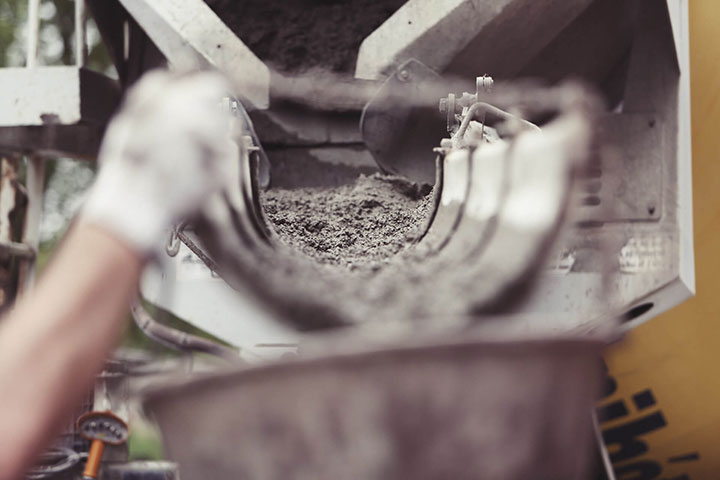
Aim:
This lab activity aims to determine the fineness of cement by sieve analysis.
Theory:
The fineness of cement is an important property that affects the rate of hydration, setting time, and strength development of concrete. This lab activity will help students understand the significance of the fineness of cement and provide hands-on experience in performing the sieve analysis test.
Cement is a fine powder that is obtained by grinding clinker with a small amount of gypsum. The size of the cement particles affects the rate of hydration, setting time, and strength development of concrete. The fineness of cement is usually measured by sieve analysis. In sieve analysis,
the cement is passed through a set of sieves with different mesh sizes. The amount of cement retained on each sieve is weighed and expressed as a percentage of the original sample.

Apparatus and Materials Required:
The following apparatus and materials are required for performing the sieve analysis test on cement:
- Sieve shaker
- Set of sieves with different mesh sizes (90 microns, 45 microns, 25 microns, 10 microns, 5 microns)
- Balance
- Cement sample (100 g)
- Brush
Procedure:
The following steps should be followed to perform the sieve analysis test on cement:
- Weigh 100 g of cement sample using a balance.
- Place the 90-micron sieve at the top of the sieve stack and the 5-micron sieve at the bottom.
- Pour the cement sample onto the top sieve and shake the sieve stack for 15 minutes using the sieve shaker.
- Weigh the amount of cement-retained on each sieve and record the values.
- Calculate the percentage of cement-retained on each sieve using the formula: Percentage retained = (Weight of retained cement / Total weight of cement sample) x 100
- Calculate the cumulative percentage of cement-retained on each sieve by adding the percentage retained on the current sieve to the percentage retained on the previous sieve.
- Plot a graph of the cumulative percentage retained on each sieve versus the sieve size.
Results:
The results of the sieve analysis test on cement can be presented in the form of a table and graph. The table should include the following details:
- Sieve size (micron)
- Weight retained on sieve (g)
- Percentage of cement-retained on sieve (%)
- Cumulative percentage of cement-retained on sieve (%)
- The balance used for weighing the cement sample and retained cement should be calibrated before use to avoid any errors in the measurements.
Conclusion:
In conclusion, the fineness of cement is an important property that affects its performance of concrete. The sieve analysis test is a widely used method for determining the fineness of the cement. This lab activity provides students with hands-on experience in performing the sieve,
analysis test and helps in understanding the significance of the fineness of the cement. The test is performed using a sieve shaker, a set of sieves with different mesh sizes, balance, and a cement sample. The results of the test are presented in the form of a table and graph,
which helps in analyzing the particle size distribution of the cement sample. The lab activity also highlights the precautions that must be taken during the test to obtain accurate and reliable results.



